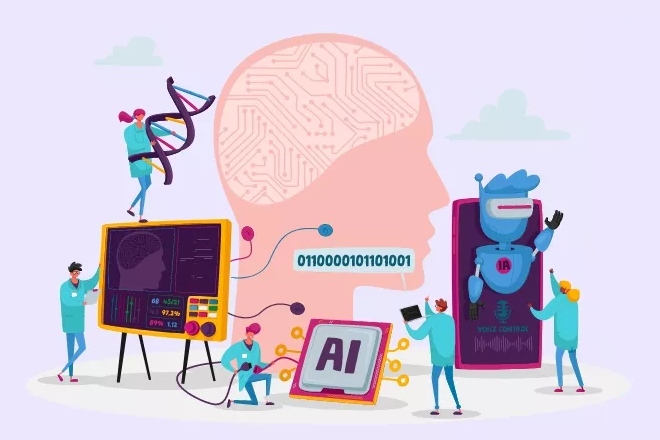
AI is in everybodies mind.
Latest starting on November 30th 2022 with the public access to OpenAI’s ChatGPT there is a run of AO developments and AI use cases. Today, AI has become an everywhere tool.
For many years we find scientific development for artificial intelligence. Long before ChatGPT there have been well working tools available with neuronal nets, deep learning, mainly for pattern recognition, in use until today.
The novelty of large language models (LLM) behind ChatGPT and its siblings is to interact with human language, may be as text or as audio. Language is the universal human communication interface.
This type of software jumped over the barrier between what humans say and understand versus what machines, computers can work with.
For engineering work a couple of AI tools are offered to support the daily work.
I know examples for documentation support, to summarize lenghtly texts or to support in the preparation of trainings.
But for engineering work only to use a LLM is no support.
The request is to give support by the software in a structured way, in the sense of rules and work instructions, if-then-clauses and the ballancing of altnative ways of solution.
LLM is “only” a line up of words with a statistical probability to answer a question or prompt from the “learned” contents. Typically, this answer is given in local languages in a manner to be accepted. This job is done very well by nowadays LLMs.
In the last years I had the opportunity to get familiar with a different type of AI software: This software is a symbiosis. It creates anwers in my language on propts, questions using LMM AND the structured links in a knowledge graph: Which data, which information, which text text bricks, elements of different element types are connected in which way and by which rules ?
Such a combination has a number of major advantages:
Therefore, technical and logical constraints of cause to effect relations, of physical, chemical, mathematical, biological or other scientific rules to be transfered into these systems.
In summer 2025 engineering AI is just at a starting point of the learning curve.
Since start of 2025 I was involved in a project to bring the FMEA rules into such an engineering AI and to use it.
The outcome was astonishingly good and reliable.
To get a valuable AI assistance depends on one hand on the rules known to the system, on the other hand from the accessable set of data, use case examples, lessons learned available to the software as the basis.
My offer :
Results from AI need to be calibrated to get reasonable results in human language.
This type of calibration needs method know how and a systematic approach.
Um Ihnen ein optimales Erlebnis zu bieten, verwenden wir Technologien wie Cookies, um Geräteinformationen zu speichern und/oder darauf zuzugreifen. Wenn Sie diesen Technologien zustimmen, können wir Daten wie das Surfverhalten oder eindeutige IDs auf dieser Website verarbeiten. Wenn Sie Ihre Zustimmung nicht erteilen oder zurückziehen, können bestimmte Merkmale und Funktionen beeinträchtigt werden.